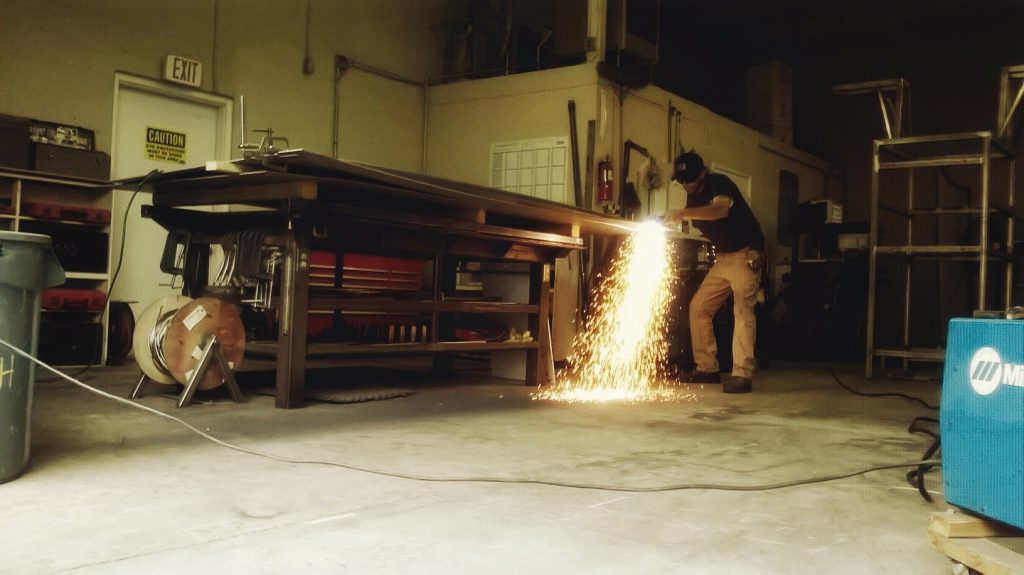Congratulations!
Water Innovations, Inc. has implemented a new program each month to recognize an employee who is nominated by co-workers for outstanding achievement or performance.
The first recipient of this award is Ty Moreno. Ty was hired in January 2015 and is in the fabrication department. Ty absolutely hit the ground running, and in no time at all proved himself to be an extremely valued teammate to his co-workers. We appreciate the effort and time he has put into his job in the past one year. Congratulations, Ty!
World-Class Equipment and Process Expertise
Ion Exchange Rinsewater Recycling Proprietary Precipitation Chemistries Reverse Osmosis Water Purification Rinsewater Recycling
Batch & Continuous Waste Treatment Hydrus Water Softening & Filtration Evaporation for Zero-Liquid Discharge Anodizing Waste Water Treatment






